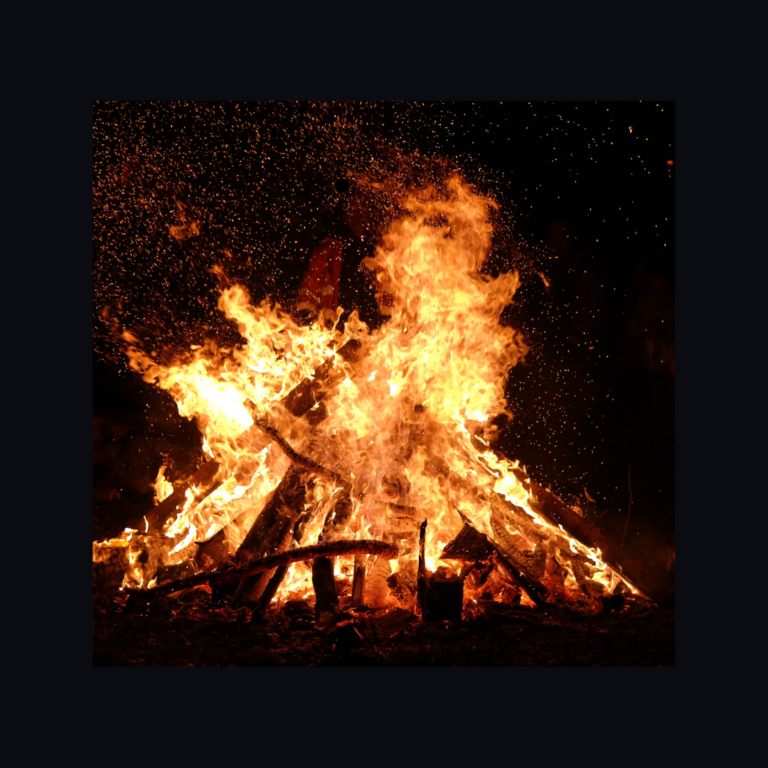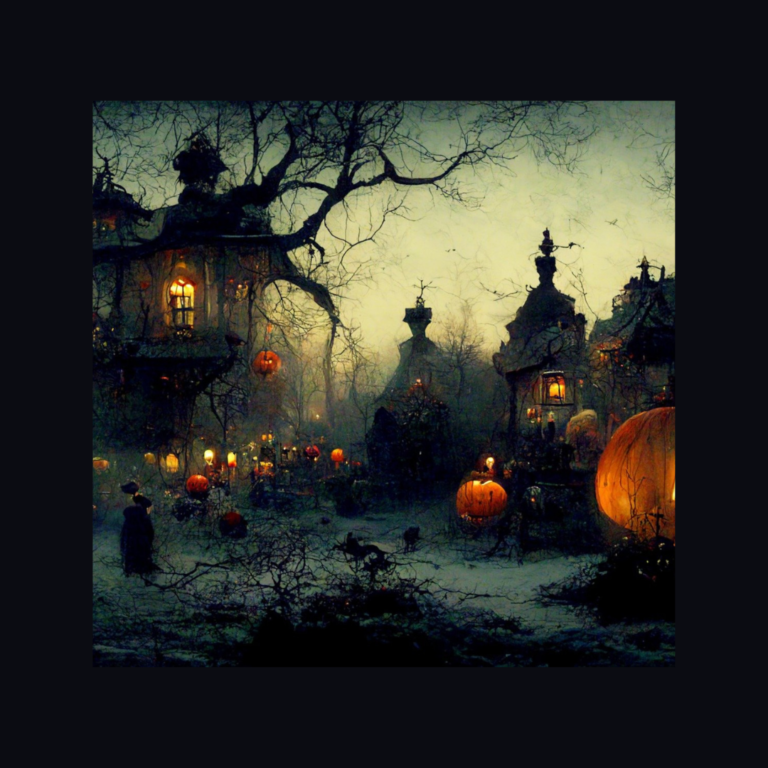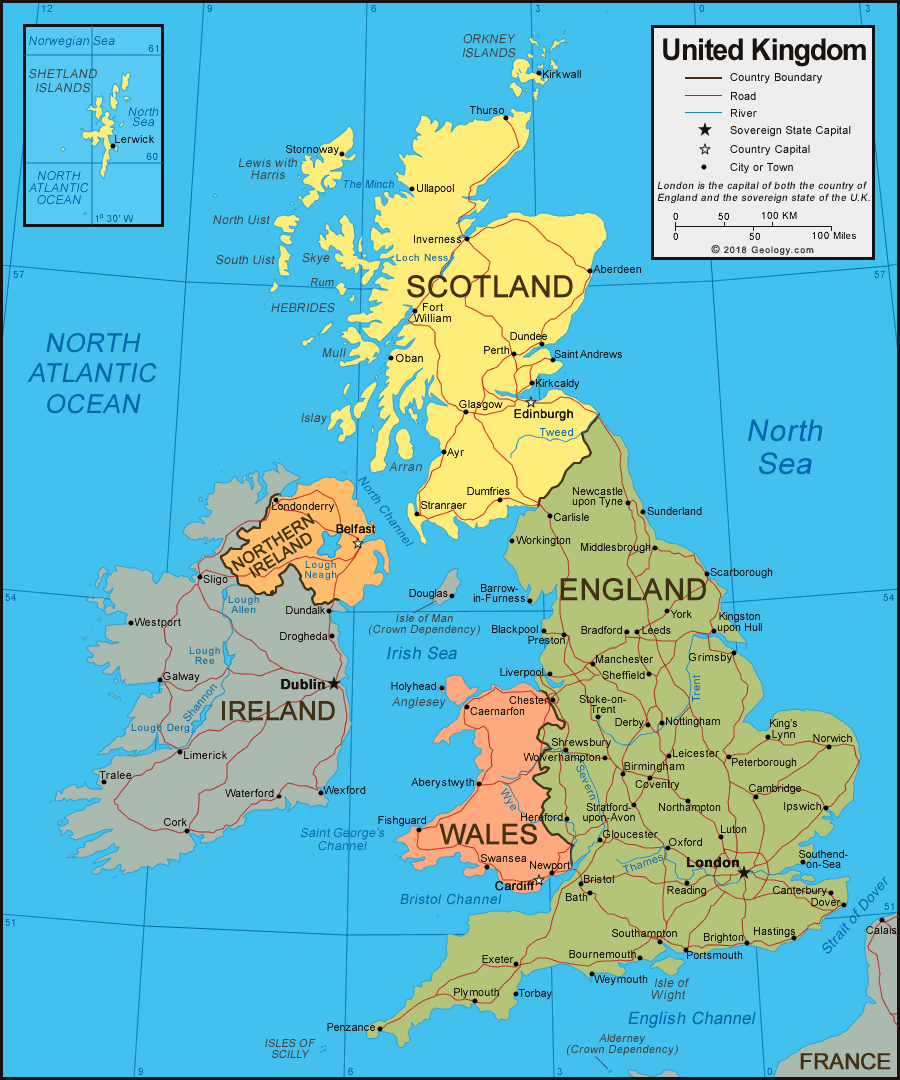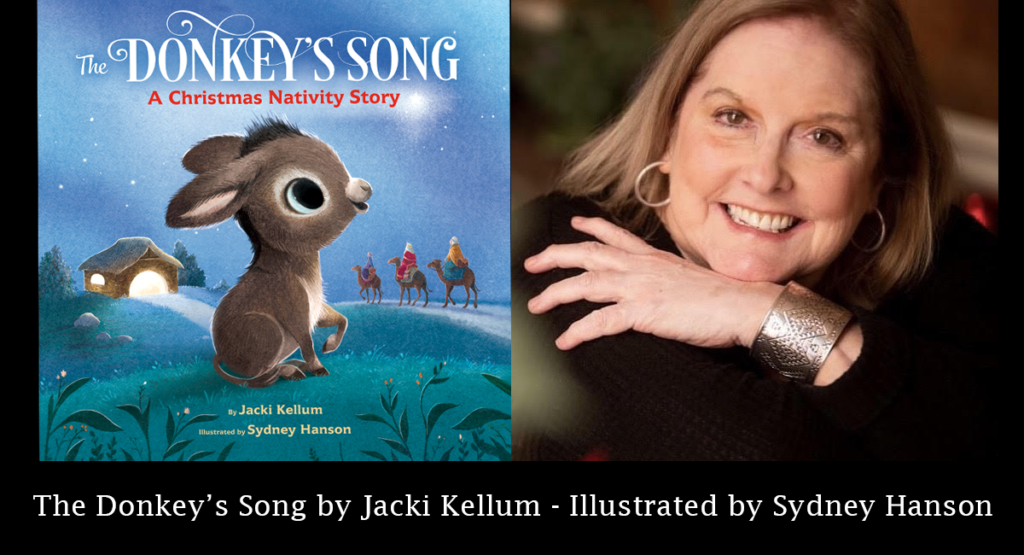
Over the years, I have read many explanations about the origin of Halloween. Until recently, no explanation stuck, but I am in the process of researching ancient civilizations, and I have begun to understand why and how the need to celebrate Halloween has been etched on our consciounesses.
Before I begin this post, allow me to say that the season of Halloween began as the season of Samhain, an ancient pagan festival. The day of Samain is November 1, and in more recent times, the Christians named November 1 All Saints’ Day, but that festival evolved from Samhain, a pagan tradition. It is important to note that Christmas and Easter are celebrated at the same time that other pagan festivals took place:
Ancient Pagan Holidays Celebrated Today–Some of Them Are Celebrated as Christian
Several groups of ancient people have worshipped the sun. In other words, several pagan religions were a worship of the sun–or the light of the sun.
The sun is the greater globe in an earthling’s sky, and during daytime, it lights the world. The sun also provides warmth. Because of the sun, people could grow food–they could survive. Conversely, the dark has “darker” connotations. For instance, wicked deeds are usually performed under the cover of darkness. If we look at the tradition of literature, darkness is often equated with evil–or at least, with the bad.
Mr. Dark, a character in Ray Bradbury’s Something Wicked This Way Comes, is the essence ofabsolute darkness:
The sun was invaluable to ancient people. Imagine, if you will, how the ancient peoples must have panicked as they noticed the hours of sunlight begin to dwindle during autumn. Even now, many people suffer from depression as winter sets in. I’m not sure but that is an example of the power of “nurture” rather than the power of nature. Tradition is exceptionally powerful on our psyches.

Alluding to the axiom that it is darkest before the dawn, while Halloween represents the darkest of our insincts, the day after Halloween is All Saints’ Day, and that is the beginning of the Season of Light. November 1 is the day that both Samhain and All Saints’ Day are celebrated.
The autumnal Samhain was a festival of bonfires, and when there are no electrical lights, fires are ways to illuminate things around us. Symbollically, the Samhain bonfires were efforts to ward off the coming of the darkest time of year.
We say that Halloween is observed on October 31st, but in reality, most of us celebrate Halloween most of the month of October. Hobby Lobby and other craft stores start celebrating Halloween in July or August. We decorate our homes for Halloween, we stock Halloween candy, and we attend Halloween parties. These festivities take place over a period of several days, and no doubt, the celebration of Samhain was not merely an occurrence celebrated entirely on November 1.
Like Halloween today, Samhain was a season, and most scholars agree that the more current tendency to observe Halloween evolved from the ancient obervances of Samhain.
The celebration of Samhain was an ancient Celtic traditon, and although today, we largely think of the Celts as being Irish, the earliest Celts fomed as tribal sub-sets in several European countries.
 Who Were the Ancient Celts?
Who Were the Ancient Celts?
Over time, the Celts migrated, and now, most of Celtic culture is found in the United Kingdom, which includes Scotland, England, Wales, and Ireland.
 Image Credit: Geology.com
Image Credit: Geology.com
The ancient Celts did not record their histories, but today, we believe that regardless of their countries of origin, they share a common belief system–one that includes a pantheon of mythical deities–and a belief in fairies.
When I say that the Celts believed in the existence of fairies, I mean that. Like many people today, I am fairy-curious, but the ancient Celts truly believed that fairies were at work in their daily lives.
Generally speaking, the Celtic religion was largely centered around nature, plants, and the efforts that the Celtic people made to farm their lands. Like the Christian holidays of Christmas and Easter are religious holidays for most Christians now, the festivals of the ancient Celts were religious festivals. The festivals of the ancient Celts were ways that these secluded, rural hill folks honored their pagan way of life.
Samhain – An Ancient Pagan Festival – Celebrated by the Celts.
Although this is over-simplification, the ancient Celts believed that the year ended on October 31st, a dark time of year. But Samhain is not a festival of darkness — it is a celebration of optimism. Samhain was a tribute to the coming of a new near–a coming of lighter days ahead.
On October 31st, the ancient Celts extiguished the fires of the previous year–intensifying the darkness of that day. October 31st was an acknowlegement of Darkeness. But on November 1st, the fires of the New Year were lit. Samhain was a celebration of the Light.
It is interesting that the ancient peoples wore costumes to celebrate the bonfires on Samhain, and they made loud noises. They did not wear the costumes to scare each other. They wore them to scare away the evil.
It is an easy jump to believe that the reason people today still were costumes–even scary costumes–on Halloween is because the ancients wore costumes at Samhain. But at Samhain, the ancients wore scary costumes to scare away the dark forces. I bet that suprises many people. Many people today believe that the scary costumes of Halloween are meant to be sinister, but it is more accurate to say that the original purpose of those costumes was that of trying to defend against the sinister.
The Ancient Celts Lit Bonfires During Several Festivals
It is confusing that many people call the Celtic bonfires Baal Fires, but Baal was a deity in Mesopotamia and other Bible Lands. The more accurate thing to say is that the bonfires were Bel Fires–or Beltane Fires.
Samhain is a recognition of the Darkness and an Optimism for the Coming Light.
“The ancient Celts also lit bonfires at “…the beginning of the month of May. … the fires that were kindled in honour of Bel on that and on other days connected with his worship, as on Midsummer Eve, afterwards called the vigil of St. John, on All-Hallowe’en, and on Yeule, which is now Christmas. Of the ceremonies practised at Beltane, and continued almost to our own times, the most remarkable and general were the fires lighted in honour of Bel.” Macculloch, J. A. The Religion of the Ancient Celts.
“Belenus, (Celtic: possibly, Bright One), one of the most ancient and most widely worshipped of the pagan Celtic deities; he was associated with pastoralism. A great fire festival, called Beltane (or Beltine), was held on May 1 and was probably originally connected with his cult. On that day the cattle were purified and protected by fire before being put out to the open pastures for the summer. Despite associations of his name with fire or the sun, Belenus was not a sun god; in fact, there is no Celtic evidence for the worship of the sun as such, even though it was often used in religious imagery.” Britannica.
I cannot leave this post without adding that much of our literature — including songs and movies — is about the struggle between darkness and light:
Samhain is also a celebration of the apple and apple time.
If I ask the more elderly among us which drink they most associate with the Halloweens of their childhoods, I predict that many will respond: “Apple Cider.”
Apples and apple Cider Were Part of an Ancient Celt’s Halloween/Samhain Celebration:
Apple – Fruit and Dew of Heaven – Gift from the Eternal Hills
Lambswool – AnApple Drink – Celebration November 1
“Cider was formerly not the only drink concocted from the Apple; another famous potation was called “Lambswool,” or more correctly, lamasool, the derivation of the word being the Celtic lámaesabhal—the day of Apple fruit. This appellation was given to the first day of November, dedicated in olden times to the titular saint of fruit and seeds. The Lambswool was composed of ale and roasted Apples, flavoured with sugar and spice; and a bowl of this beverage was drunk, with some ceremony, on the last night of October. Roasted Apples formed an important item in the composition of the famed wassail-bowl. Shakspeare probably alludes to this beverage in ‘A Midsummer Night’s Dream,’ where we find the mischievous Puck saying,” Folkard
“After you feast on traditional Irish foods on Halloween you will need to wash it down with an old drink called Lambswool. The name Lambswool is believed to be derivative of the Irish Gaelic, “La Mas Nbhal” meaning ‘Feast of the Apples. The Gaelic saying was pronounced “Lammas-ool”. This ultimately evolved into Lambswool. There are several of recipes for Lambswool that exist. But the drink basically consists of baked crushed apples(cored and crushed without skins), which are added to milk, and hot spiced ale, hard cider and or wine. Grate in nutmeg and some ginger. Add sugar according to taste. Irish Customs and Traditions
About This Recipe
“This is a traditional cider drink that was made and enjoyed on Twelfth Night (January 16-17) in Elizabethan England. It is said that it gets its name from the whiteness of the roasted apples as they fluff out of their skins while they cook. I haven’t made it yet, but I cant let go of the recipe every time I go to clean out my recipe box.”
Ingredients
-
- 4 pints real ale ( Newcastle or similar)
- 2 -3 large apples
- 1 cup hard alcoholic cider ( such as Woodchuck or Hornsby’s)
- 1 cinnamon stick
- 3 cloves
- sugar
Directions
- Preheat oven to 180°C: 350°F: Gas 4.
- Core the apples and bake in 350 degree oven for about 40 minutes until very soft.
- Squeeze all of the pulp from the apples and discard the skins then fluff the puree with a fork.
- Heat the ale and cider with the cinnamon stick and cloves.
- Add the apple puree and sugar to taste.
- Serve immediately.
Recipe courtesy of Food.com
‘In Sussex, the wassail-bowl was formerly made at Christmas time; it was compounded of ale, sugar, Nutmeg, and roasted Apples, the latter being called Lambswool. On St. Clement’s day, in East Sussex, the custom exists of going round from house to house asking for Apples and beer: this is called Clemmening. A similar custom prevails on St. Catherine’s Day, when the children sing a rhyme commencing—
[St, Clement’s Day and St. Catherine’s Day are Celebrated late in November.]
In Lowland Scotland, there is an old charm still practised by village maidens on Hallow-e’en. It is to go alone into a room, and eat an Apple in front of a looking-glass, when the face of the future husband will appear looking over the maid’s shoulder.
Bobbing for Apples – A Scotish Tradition of Halloween
“In Scotland, on Hallow-e’en, Apples are thrown into a tub of water, and you endeavour to catch one in your mouth as they bob around in provoking fashion. When you have caught one, you peel it carefully, and pass the long strip of peel thrice sunwise round your head, after which you throw it over your shoulder, and it falls to the ground in the shape of the initial letter of your true love’s name.
“In some places, on this mystic night, a stick is suspended horizontally from the ceiling, with a candle at one end and an Apple at the other. While it is made to revolve rapidly, the revellers successively leap up, and endeavour to grasp the Apple with their teeth (the hands must not be used); if they fail, the candle generally swings round in time to salute them disagreeably. Another amusement is to dive for Apples in a tub of water.
“In Sussex, on this eve, every person present fastens an Apple on a string, and hangs and twirls it before the fire. The owner of the Apple that first falls off is declared to be upon the point of marriage; and as they fall successively, the order in which the rest of the party will attain to matrimonial honours is clearly indicated, single blessedness being the lot of the one whose Apple is the last to drop.
“The custom of throwing the peel of an Apple over the head, marriage or celibacy being foretold by its remaining whole or breaking, is well known, as is also that of finding in a peel so cast the initial of the coming sweetheart.
Lambswool – An AncientApple Drink – in Celebration of November 1
In closing, I return to an earlier point in this post. Christian holidays are often celebrated on the same dates as pagan festivals were celebrated. While Christians do not worship the sun, Christainity is a religion steeped in the tradition of honoring light over darkness.
When God Created the World He Began by Creating Light:
As a Christain, I do not worship the sun, but I honor the Light:

Jesus Is the Light of the World:
|
John 8:12
|
“I am the light of the world. He who follows Me shall not walk in darkness, but have the light of life”
|

My debut picture book The Donkey’s Song is a celebration of the Light.
Discover more from Jacki Kellum
Subscribe to get the latest posts sent to your email.
